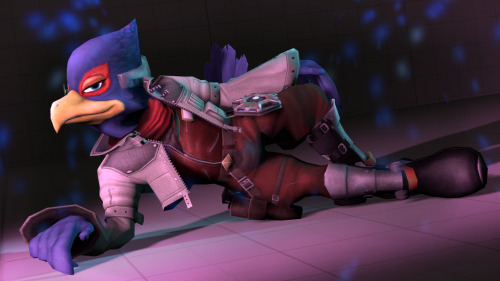Time to flip a table and do some game design school.
Balance is a subtractive design element; in other words, balance is the absence of certain things. Specifically, balance is the absence of factors that degenerate asymmetry.
Balance is the absence of:
- Unfairness
- Polarization
- Homogenization
Unfairness is the strict superiority of options. Melee Fox, Brawl Meta Knight, and Smash 4 Diddy are unfair, which means they are
simply better than the other characters on average. Unfairness is the simplest and easiest to identify problem, but it is only only element of balance.
Polarization is certain
specific characters beating certain other
specific character, regardless of average balance. (aka "counters") Melee Sheik, Brawl DDD, and Smash 4 Little Mac are very polarized characters. Polarization takes more time to identify, and is harder to address.
Homogenization is the absence of asymmetry in the first place. This is the most subjective and difficult to quantify element, but it just as (if not more) important, because it defeats the point of pursuing everything else.
Any two elements can be easily addressed by sacrificing the other, but none of these are acceptable:
- You can trivially depolarize any game while preserving character diversity if you just accept blatant unfairness.
- You can trivially solve any unfairness in any game while preserving character diversity if you just make a ring of pure counters.
- You can trivially remove all unfairness and polarization by making everyone the same character.
None of these games are balanced. If we insist that any of these cases are semantically
"balanced", then we have forfeited all meaningful function of the word so the point as moot. At best we could say these cases are
"trivially balanced", like the trivial "solution" of a math problem that isn't actually a useful solution at all.
There is perceptually the most confusion from amateur game designers about polarization. Some go so far as to put polarization on a pedestal, actually making imbalance a
design goal. Hard facts:
- Rock-paper-scissors is a terrible game.
- Rock-paper-scissors is not a balanced game. (As described above)
- True counters are bad for a game.
- Hard counters are bad for a game.
- Soft counters are bad for a game.
- All the deepest matchups in virtually any competitive game are 5:5.
- Ideal balance is a matchup chart of entirely 5:5.
- Yes, this (absolute zero polarization) is impossible, just like absolute zero unfairness is impossible.
- But this is still the only correct goal.
If any StarCraft matchup exceeds 55:45, that represents a huge balance problem to the game. Blizzard cannot turn Starcraft into rock-paper-scissors and call it a competitive game. 0% of competitive games should be won at the character select screen.
They should not even be 10% won at the character select screen.
Blizzard and Riot have the biggest balance design teams in the world. The vast majority of their time and resources goes towards fighting polarization. David Sirlin obsessively balances his games, and spends the vast majority of that time on polarization. When we made BBrawl, probably 90% of our time was dealing with polarization factors.
Unfairness is, in comparison, quite easy.
Final note: The word "counter" is overloaded. We have been talking about top-level, out-of-game-selected elements--like characters in a fighting game, or races in an RTS.
This does not apply
at all to
local components, such as a fighting game move, a card game card, or an RTS unit. It's okay for ZSS paralyzer to "counter" or "answer" certain moves. (While it's bad for ZSS to have a 9:1 against Fox, or even a 6:4.)
Team-composition games are tricky (Pokemon, LoL, TF2), since characters are only components of your actual team, just like ZSS paralyzer is just a component of her full character. This means they are somewhere in between, resulting in some weird non-zero target of polarization. Some games target more polarization (Pokemon) and some less (LoL), but either way it is a separate and unrelated topic.
tl;dr - Polarization is a component of balance and strictly bad regarding top-level elements of competitive games. It is neither good nor the lesser of any evils. Stop wishing that your intricate and deep competitive games get turned into character select screen rock-paper-scissors.



